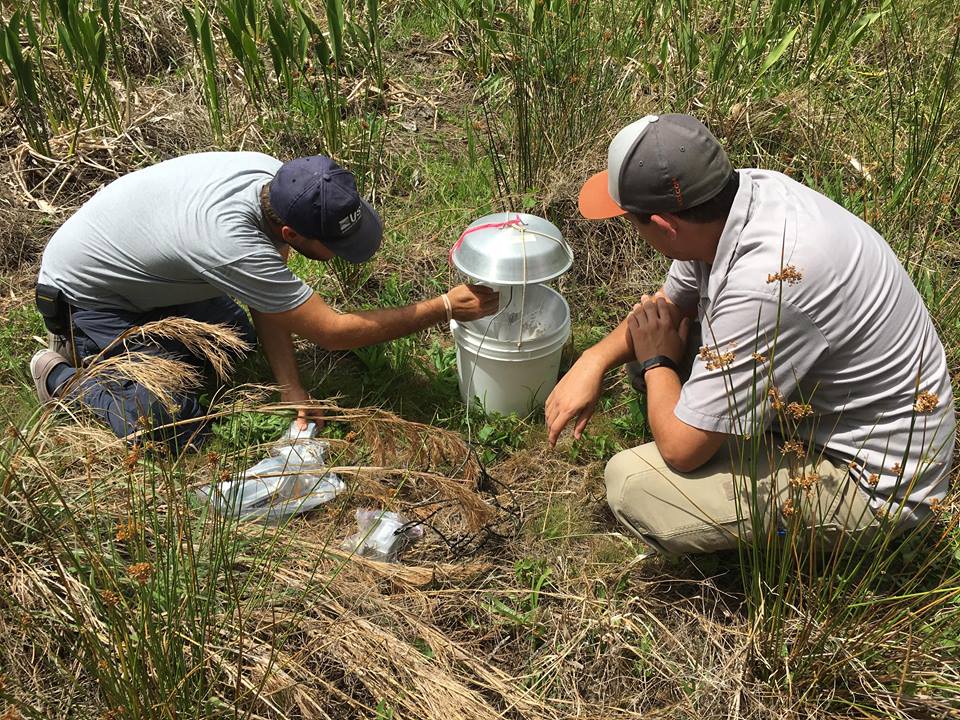



The Sharanowski lab gave tours of to undergraduates in EXCEL/COMPASS programs.
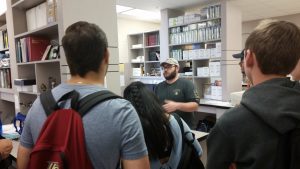
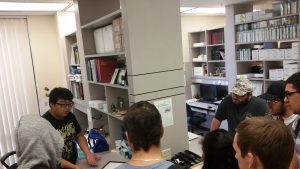
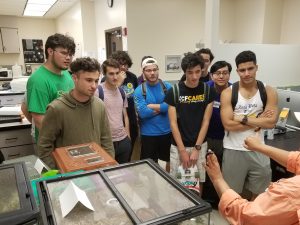
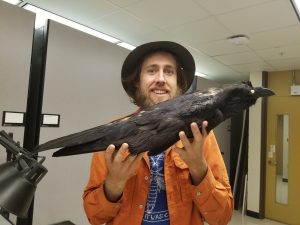

UCF’s Student Research Week celebrates the research and creative projects of undergraduate and graduate students.
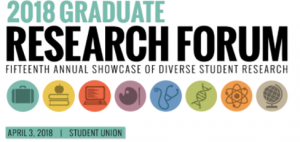

A Model Study Showing the Benefits of Systematics in Biocontrol

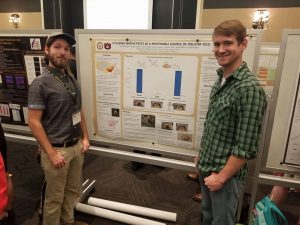
Utilizing Native Pest as a Renewable Source of Poultry Feed
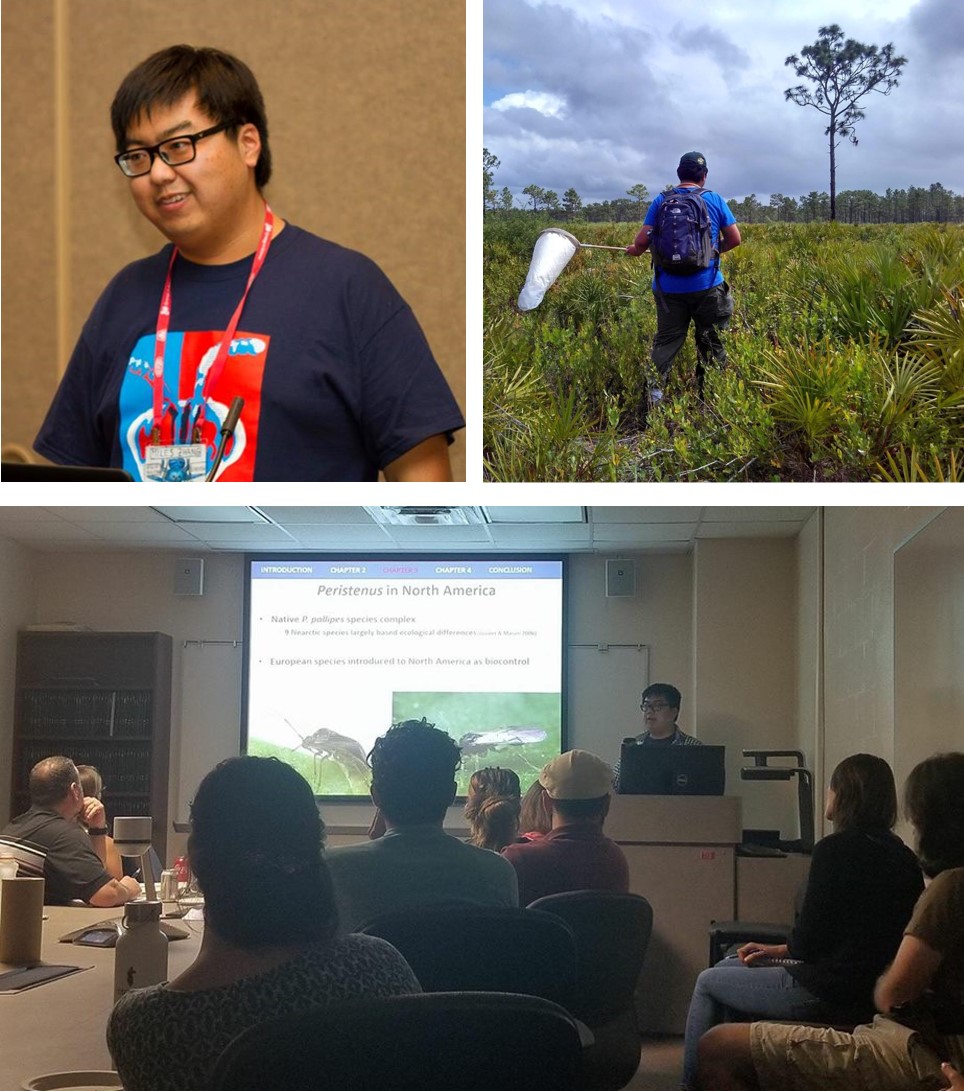
Miles successfully defended his dissertation defense on April 2nd, 2018.
More info to come!
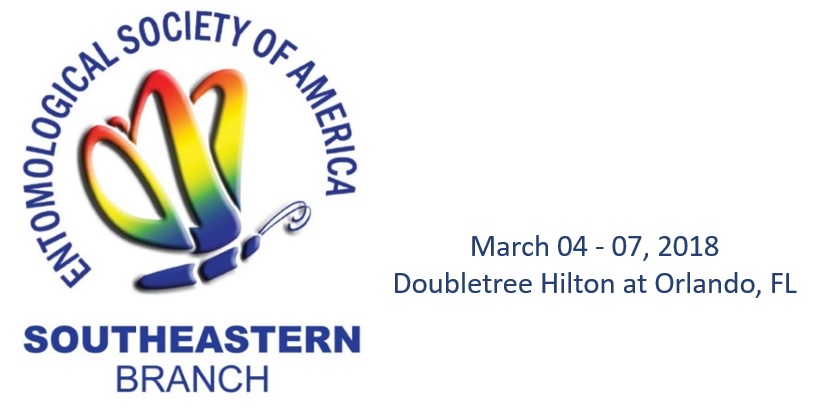
|
Date |
Presenter | Title |
| Monday, March 05 10:35 AM – 10:47 AM Magnolia B |
Jacque Meyer Undergrad Tech |
1: What’s eating those flea beetles? A molecular approach to biocontrol |
| Monday, March 05 02:29 PM – 02:41 PM Magnolia B |
Miles Zhang PhD Candidate |
90: Multilocus phylogeny of the parasitic wasps in the tribe Euphorini (Braconidae: Euphorinae) with revised generic classifications |
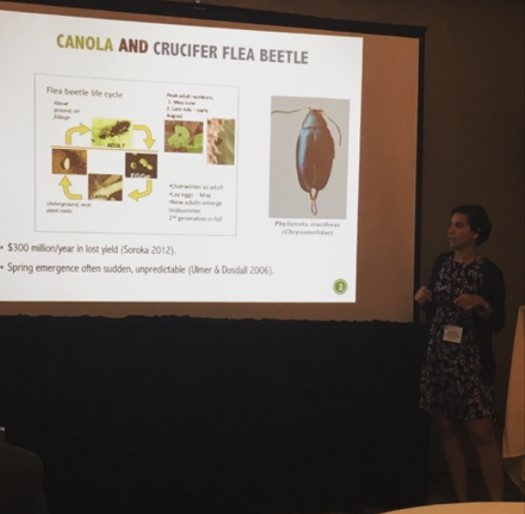


Education
M.S in Natural Sciences at University of
Padua (Italy)
B.S in ‘Sciences and Technologies in Nature’ at University of Pavia (Italy) with a concentration in Evolutionary processes
My fascination for parasitic wasps of the superfamily Ichneumunoidea started during my master’s program at the Univesity of Padua (Italy), where my thesis focused on the subfamilies of Ichneumonidae as potential bioindicators. Although the topic of my research falls under ecology, my main interest has always been systematics and evolution of these outstanding creatures. This led me to collaborate with the Natural History Museum of Venice as an assistant curator for several years, where I was in charge of the Hymenoptera section, and give me the chance to work on the Ichneumonidae collection at the Zoological Museum of Copenhagen during a visit as a visiting student. I pretty excited to start my PhD project at the UCF stimulating environment, hoping to find my way through the big and changeling world of systematics of parasitoid wasps.
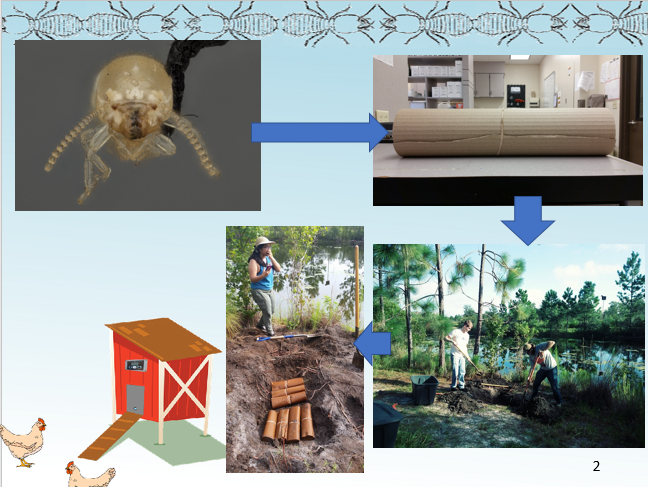
Poultry farming produces significant amounts of waste by-products, particularly poultry litter, the used bedding on which chickens are reared. Full of excrement, this bedding must be removed from the coops and disposed. Although poultry litter has been used as a crop fertilizer, its use has been restricted in recent years due to contamination and eutrophication of water due to run-off. Thus novel uses or recycling of poultry litter will economically benefit farmers, particularly small poultry operations. Here we examine the utility of the Eastern subterranean termite (Reticulitermesflavipes) as a potential inexpensive and renewable recycler of dirty chicken bedding. Specifically, we test the survivorship of termites on clean and dirty poultry bedding and discuss the potential of termites as an on-farm, sustainable solution to poultry waste.
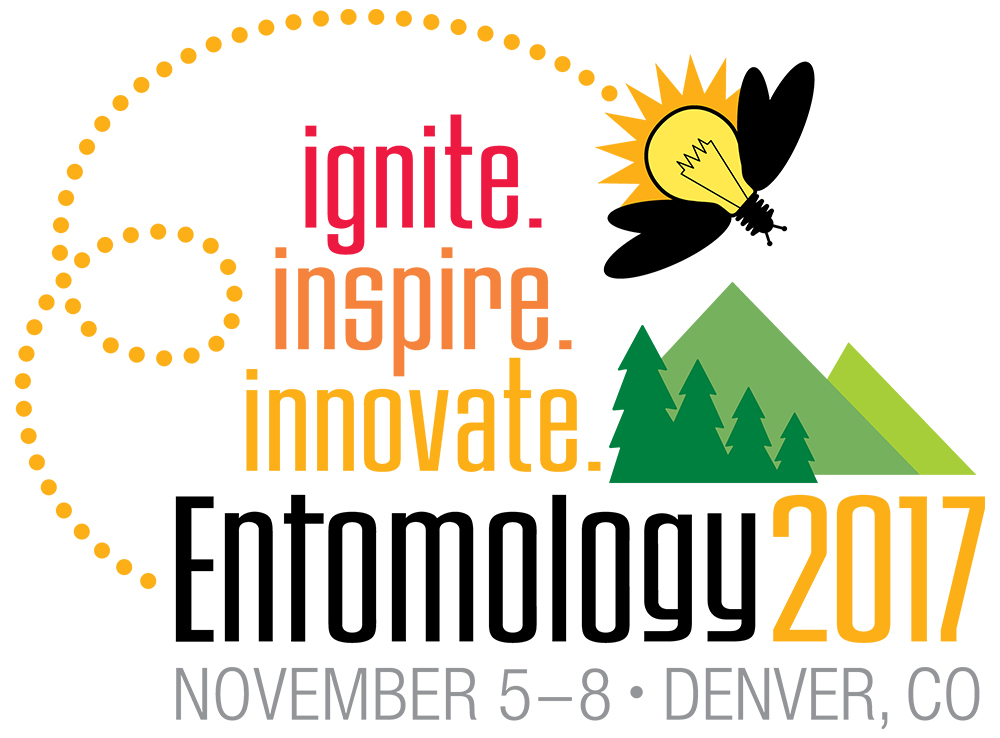
|
Date |
Presenter | Title |
| Monday, November 06 08:30 AM – 08:40 AM Room 504 |
Amber Bass MSc Candidate |
0595: Drivers of speciation in a tri-trophic system of parasitoids (Pauesia spp.), aphids (Cinara spp.), and pine (Pinus spp.) |
| Monday, November 06 09:20 AM – 09:30 AM Room 504 |
Miles Zhang PhD Candidate |
0600: Testing the tri-trophic speciation patterns of parasitoid wasps in the Peristenus pallipes complex (Hymenoptera: Braconidae) using genomic data |
| Tuesday, November 07 03:20 PM – 03:35 PM Room: 401 |
Barbara Sharanowski Associate Professor |
1531: Integrative taxonomy improves understanding of native beneficial fauna: Revision of the Nearctic Peristenus pallipes complex (Hymenoptera: Braconidae) and implications for release of exotic biocontrol agents |
| Tuesday, November 07 09:40 AM – 09:50 AM Room 505 |
Ryan Ridenbaugh MSc Candidate |
1199: A model study showing the benefits of systematics in biocontrol |
| Monday, November 06 08:00 AM – 06:30 PM Mile High Ballroom |
Josh Hogan Undergrad Tech |
D3182: Utilizing native pests as a source of renewable poultry feed |
| Wednesday, November 08 08:00 AM – 02:00 PM Mile High Ballroom |
Shiala M. Naranjo Laboratory Manager |
D3598: Bug Closet crawls with diversity |

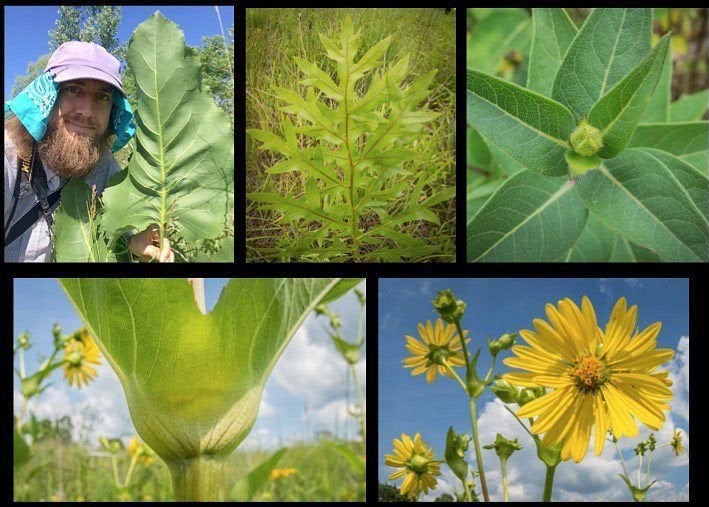

Results/Conclusions
We found that excluding mammals and birds increased the number of sown species by 30% with similar effects for edge and center plots. This was likely because of direct consumption of sown seeds or seedlings rather than through changes in non-sown species abundance because we found that the overall community compositions were not different. We also found that plots near the edges of our recently restored prairies had a 40% reduction in sown species richness compared to the middle. This was possibly caused by changes in composition of weedy species, which were quite different between edge and center. Finally, we found that the insecticide and molluscicide treatments did not impact sown species richness. These results suggest that management that suppresses weeds, especially near the edges of sites, and that reduces seed predation by mammals and birds could help increase native plant biodiversity during restoration.
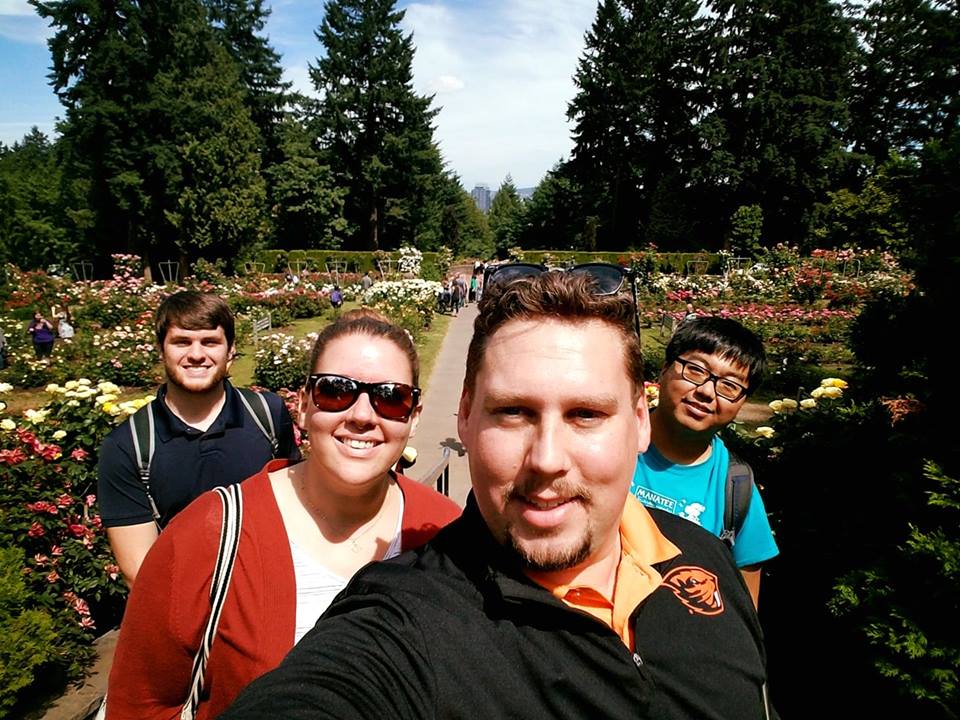
Our PhD candidate, Miles Zhang, presented at the Evolution 2017 .

Day: Saturday
Time: 2:30 PM – 2:44 PM
Location: A107-109
Authors:
| Miles Zhang University of Central Florida |
|
| Amber Bass University of Central Florida |
|
| Catalina Fernández University of Windsor |
|
| Barbara Sharanowski University of Central Florida |